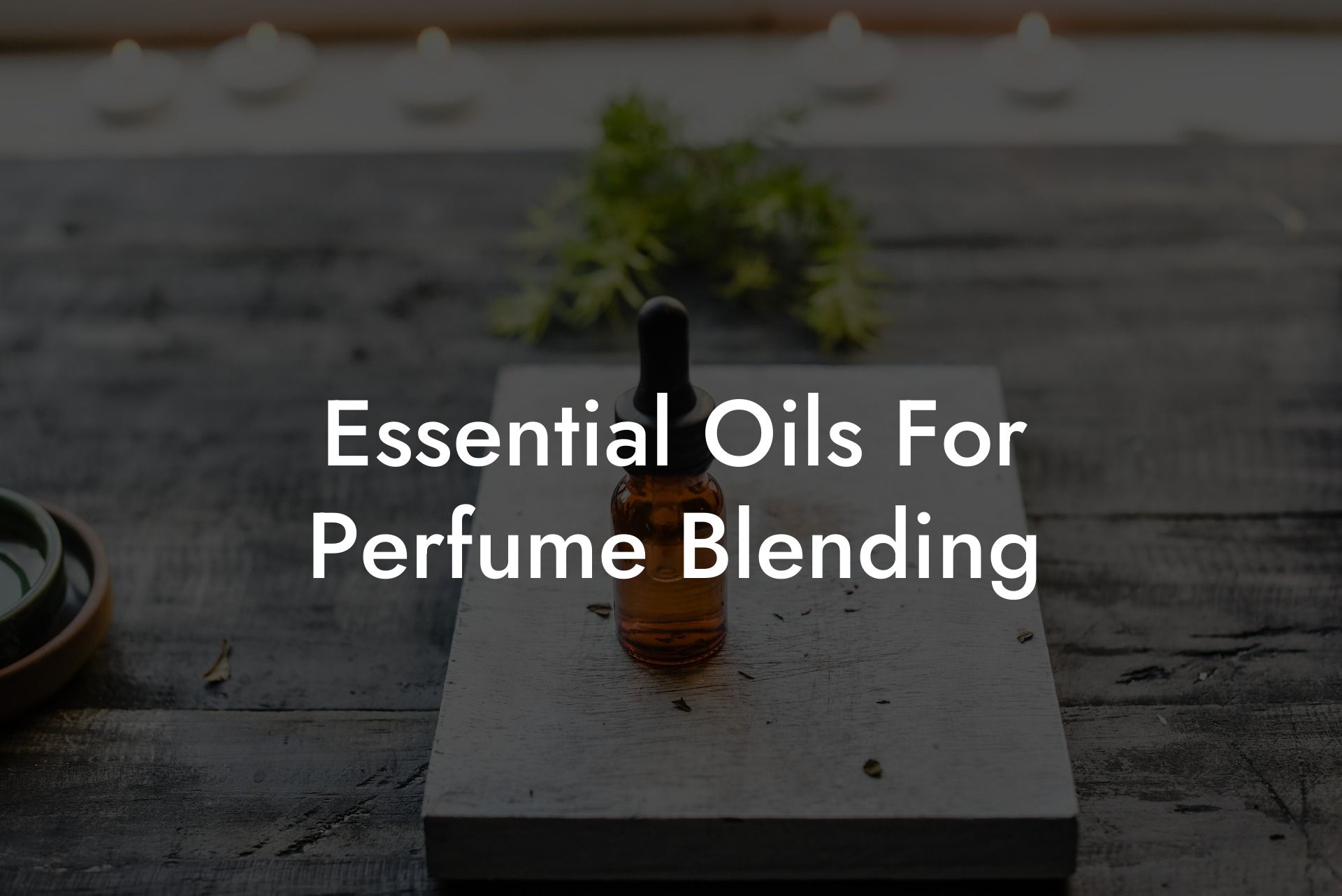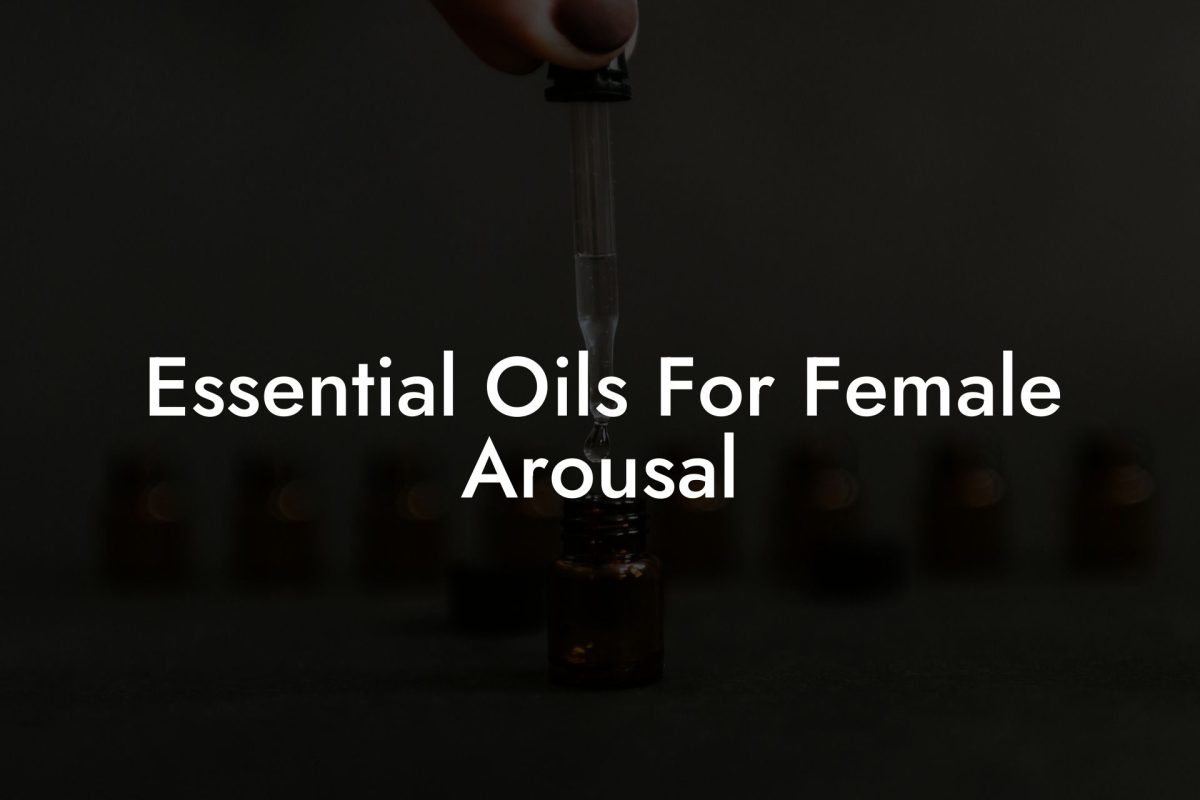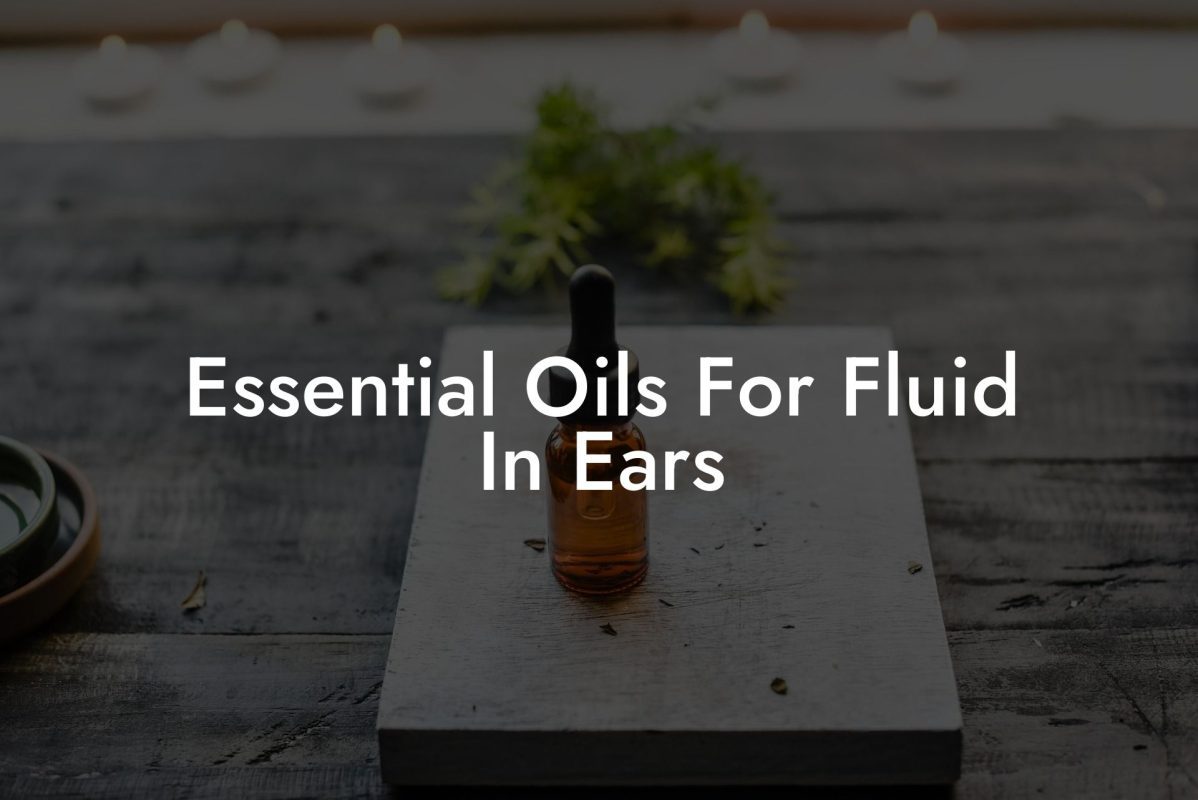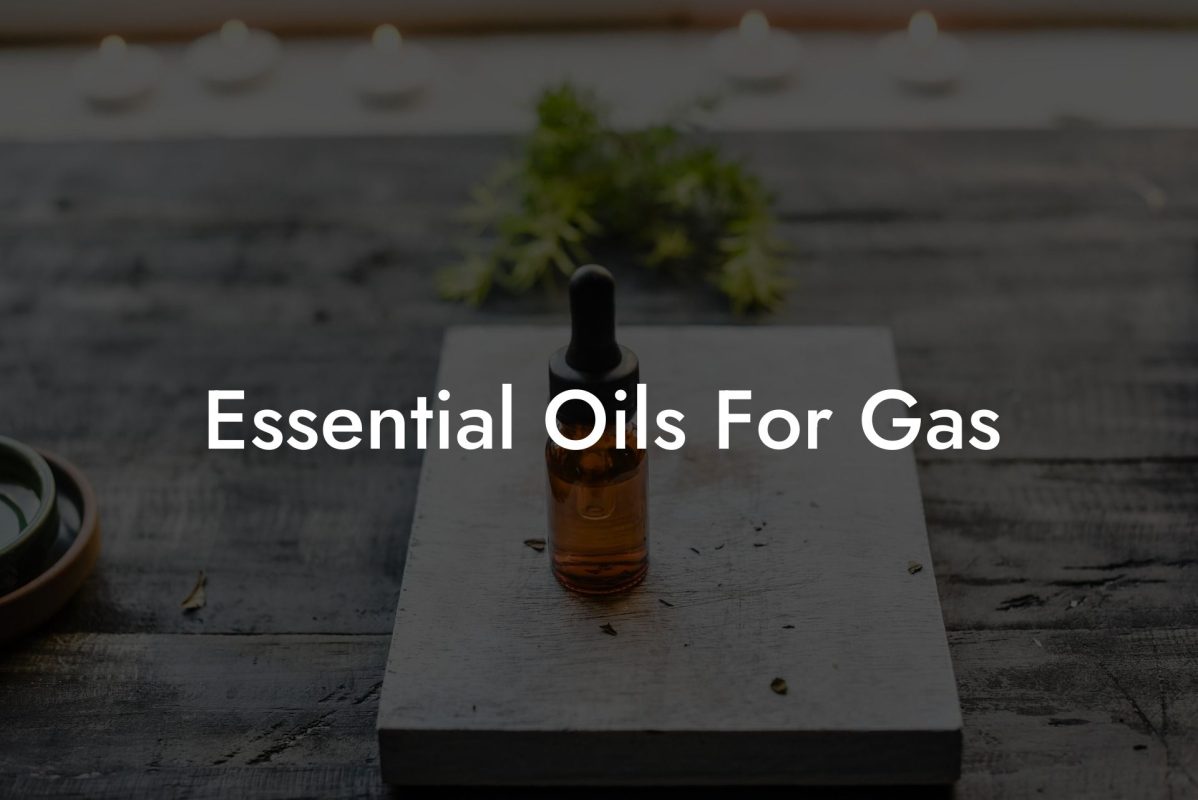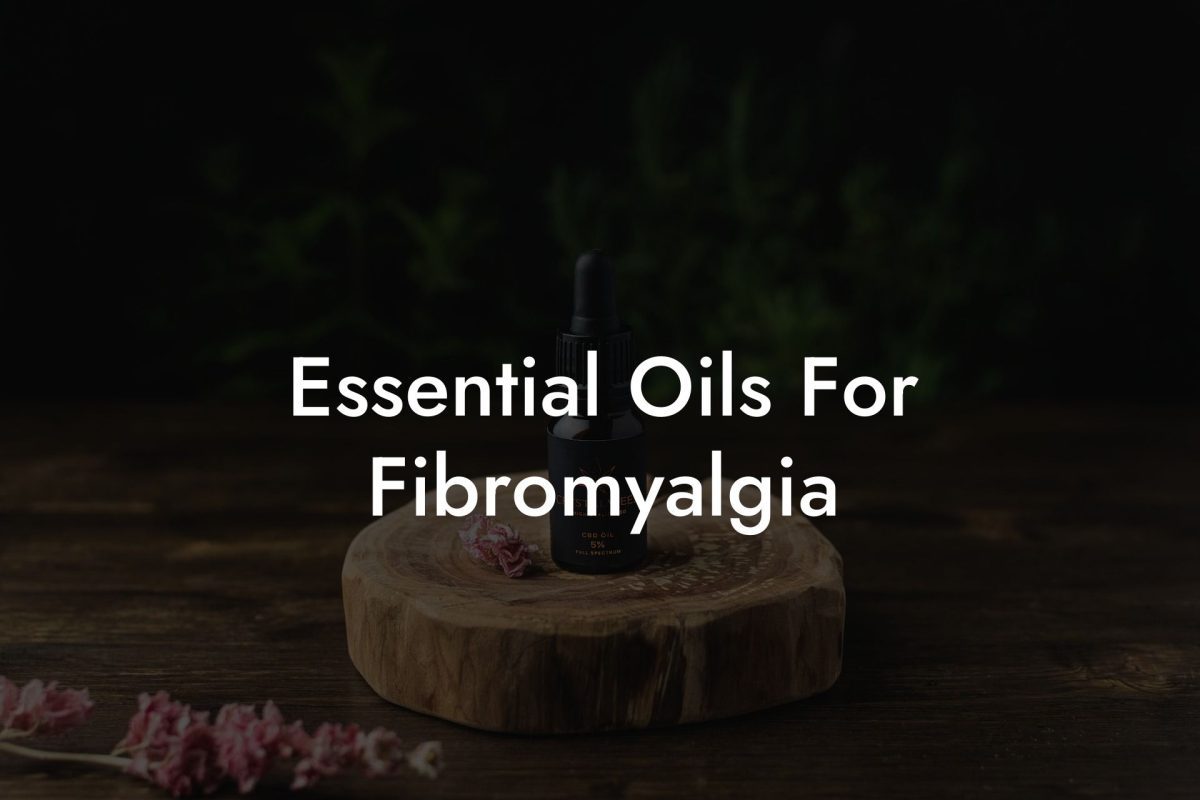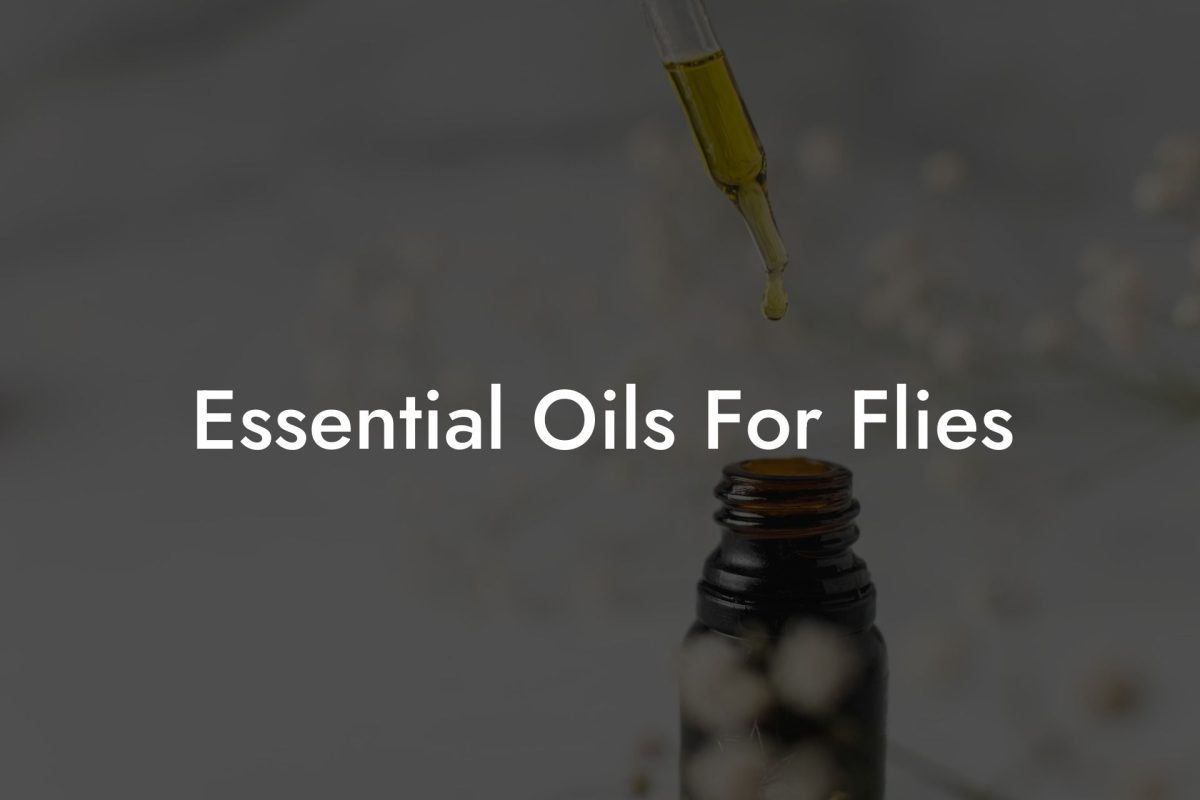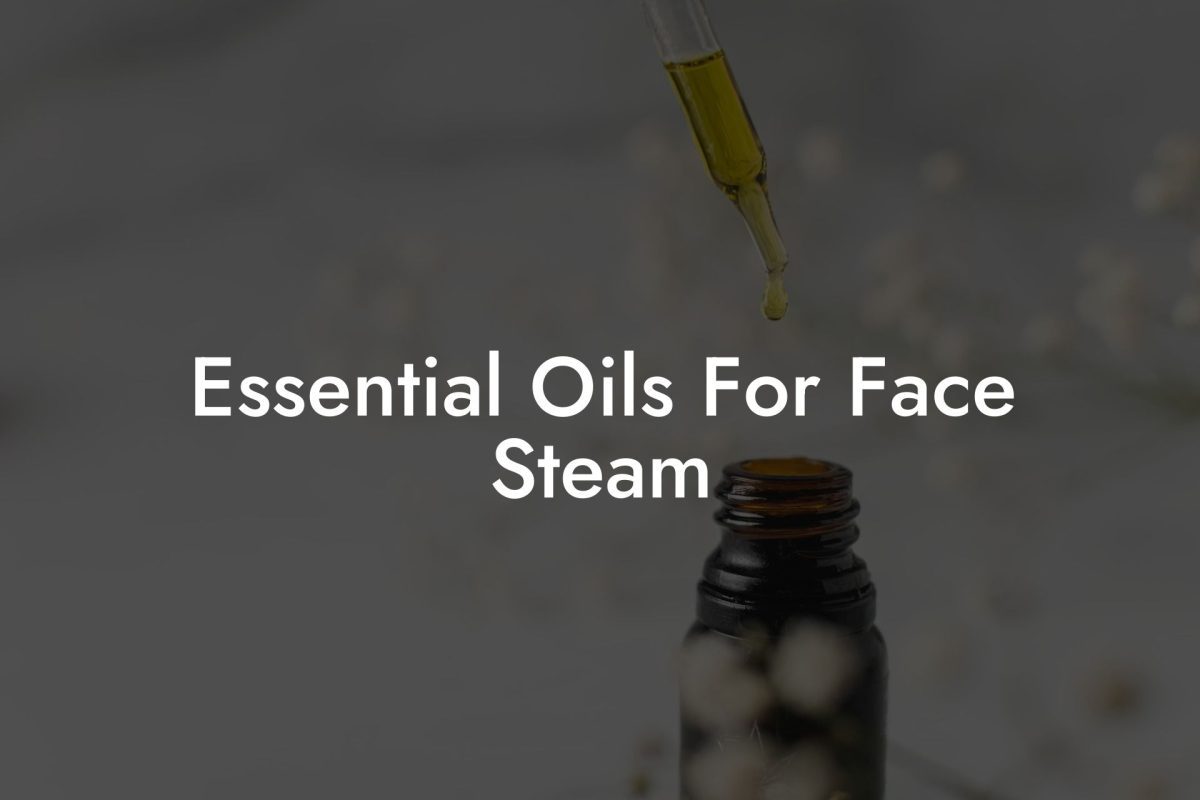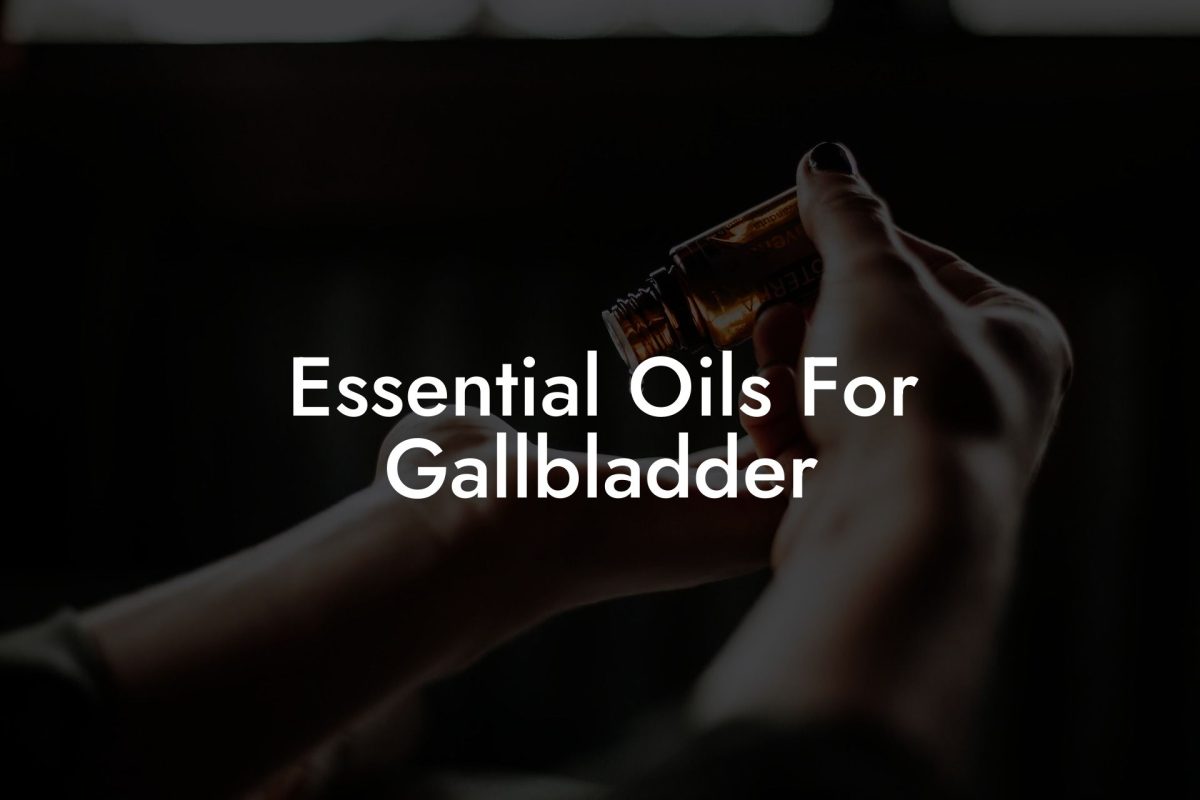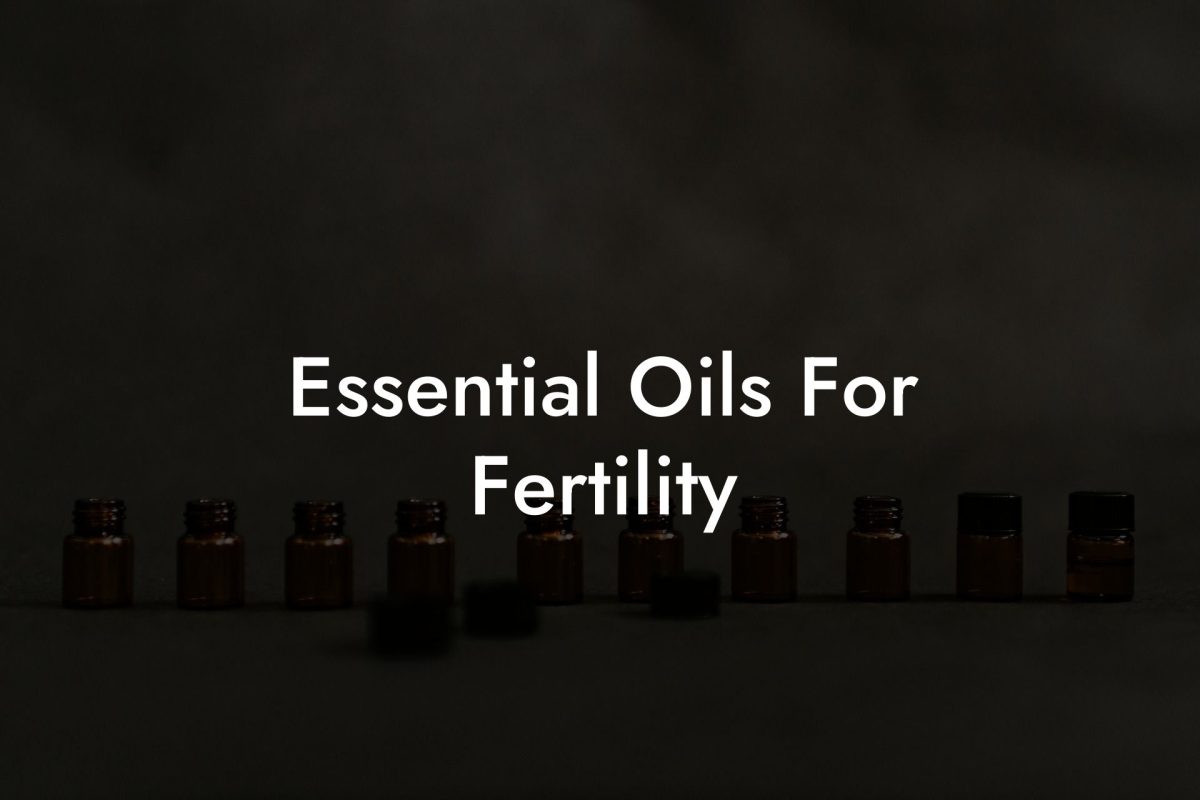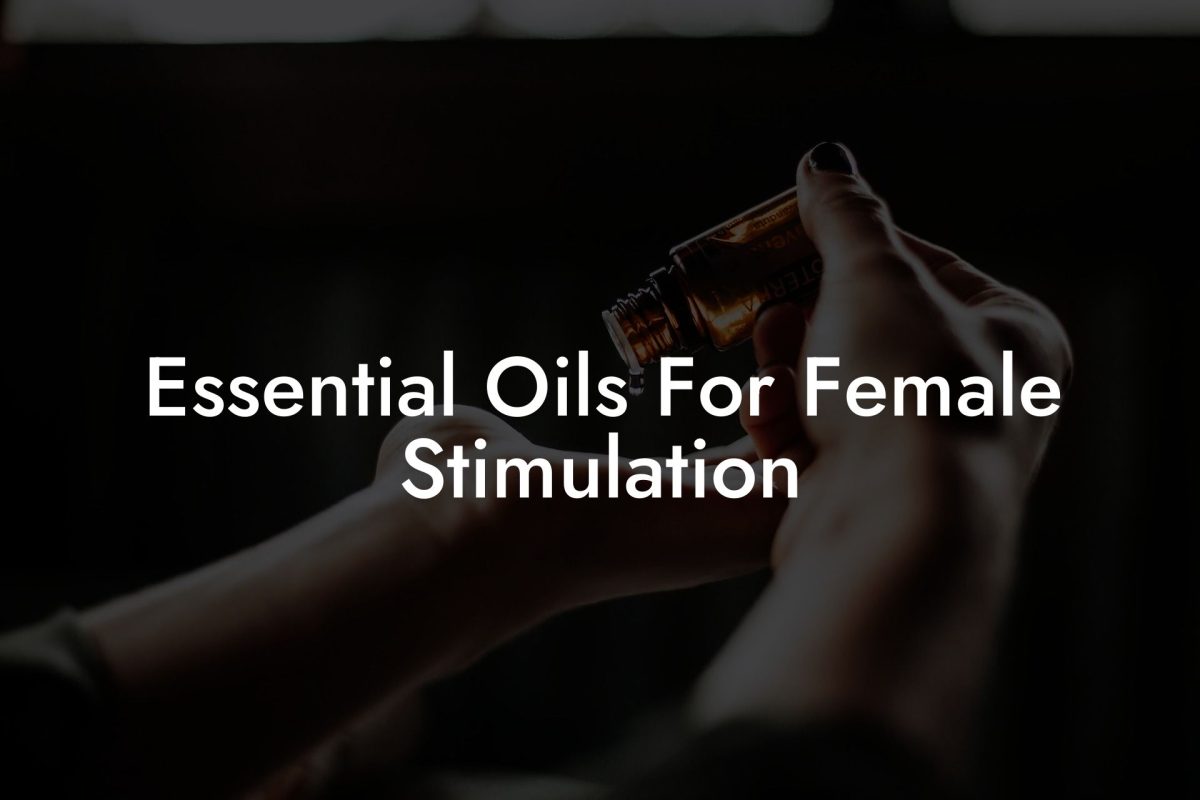Creating unique and captivating scents with essential oils is a delightful experience that allows you to tap into your creativity and explore the world of perfumery. Blending essential oils into a personal fragrance can not only help you create a signature scent, but it can also provide therapeutic benefits and transform your mood. In this guide, we’ll explore the art of essential oil blending for perfumes and share tips on how to craft your very own bespoke fragrances with Oshu Oils.
Table of Contents
Understanding Essential Oil Notes
When blending essential oils for perfume, it’s important to understand the concept of top, middle, and base notes. These notes refer to the evaporation rate and lasting power of each essential oil, as well as their scent profiles.
Top Notes
Top notes are the initial scents that you perceive when you first smell a fragrance. They are the most volatile and evaporate the quickest, typically lasting 1-2 hours. Top notes are usually light, fresh, and uplifting scents.
- Examples: Citrus oils (lemon, orange, grapefruit), Peppermint, Eucalyptus
Middle Notes
Middle notes, also known as heart notes, create the body of the perfume. They emerge after the top notes have dissipated and can last 2-4 hours. Middle notes form the main character of the perfume and are usually well-rounded and harmonious scents.
- Examples: Floral oils (lavender, rose, jasmine), Herbal oils (chamomile, rosemary, clary sage)
Base Notes
Base notes provide depth and staying power to the fragrance, acting as a foundation for the other notes. They evaporate the slowest and can last from 4-24 hours. Base notes are usually rich, deep, and grounding scents.
- Examples: Woody oils (cedarwood, sandalwood, patchouli), Resinous oils (frankincense, myrrh, vanilla)
Blending Ratios and Techniques
Creating a balanced and harmonious perfume requires careful consideration of blending ratios. A general rule of thumb is to use a 30:50:20 ratio of top, middle, and base notes, respectively. However, this can be adjusted according to personal preferences and the desired scent profile.
When blending essential oils, start with just a few drops of each oil and adjust as needed. It’s also helpful to use a pipette for precision and a glass container for mixing, as essential oils can react with some plastic materials. Allow the blend to sit for a few days to let the oils fully synergize before applying or diluting in a carrier oil or alcohol for a spray perfume.
Essential Oils For Perfume Blending Example:
For a simple, yet elegant floral and citrus perfume, you can craft a blend using the following essential oils and ratios:
– Top Notes: 6 drops Sweet Orange (Citrus x sinensis)
– Middle Notes: 10 drops Lavender (Lavandula angustifolia)
– Base Notes: 4 drops Cedarwood (Cedrus atlantica)
1. Mix these essential oils in a glass container and allow them to synergize for a few days.
2. After allowing the blend to sit, dilute it in a carrier oil such as jojoba oil or sweet almond oil at a 2% dilution (approximately 12 drops of the blend in 1 ounce of carrier oil) for a roll-on perfume.
3. Alternatively, you can dilute the blend in high-proof alcohol for a spray-on perfume (approximately 15-30 drops of the blend in 1 ounce of alcohol).
There is a world of scent exploration waiting for you when blending essential oils for perfume. By understanding the different notes, you can create endless combinations that evoke personal memories, boost your mood, or simply smell divine. We hope that this guide inspires you to embark on your journey into crafting your very own custom fragrances using Oshu Oils’ artisan essential earth oils. Feel free to share this guide with friends, and be sure to delve into the wealth of information on essential oils and aromacology provided by the Oshu Oils blog. Happy blending!

